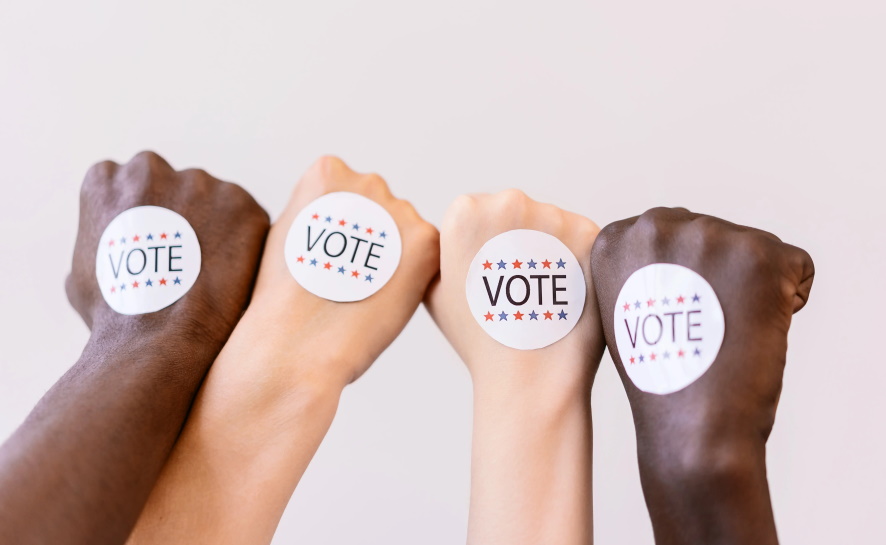Ideas to Promote Your Election Campaign and Increase Voter Turnout

Are you looking for ways to promote your election campaign? Or maybe you’re looking for ways to increase voter turnout. Either way, this blog post is for you! In today’s post, we’ll be discussing five different ideas that you can use to promote your campaign and get more people out to vote. So without further ado, let’s get started!
Political promotion ideas for election season
The big day is almost here! You’ve put in the hard work, and now it’s time to make sure your election campaign is a success. Here are a few ideas to help you promote your campaign and increase voter turnout.

- Get social! Use social media to reach out to potential voters and promote your platform.
- Hold a rally! This is a great way to get people excited about your candidacy and allow them to learn more about your platform.
- Go door-to-door! This personal touch can make a difference in getting people to vote for you.
- Make sure your website is up-to-date and informative. People will go online to learn more about you and your campaign, so make sure your website is polished and professional-looking.
- Get out in the community! Attend local events, visit schools and go to places where people gather to learn more about what you offer.
- Get endorsements from other leaders in your community or from well-known figures who will help boost your profile.
- Stay positive! Don’t get caught up in negative campaigning or mudslinging with your opponents – focus on why you are the right person for the job instead. With these tips, you’re sure to get voters excited about casting their ballots for you on Election Day!
Social media is shaping political campaigns
Information can spread like wildfire on these networks, yet we are still learning the impact of such messages on their recipients. The application of social media in political campaigns is new and evolving. It may be some time before experts can truly understand its effect, positive or negative, on potential voters.
The use of social media as a tool for communication in political campaigns began quite recently, during the 2008 presidential election cycle. Today it is being used more broadly by both candidates and elected officials to communicate with voters and constituents at all levels of government. There are countless examples of how information can quickly spread through these channels positively and negatively, depending upon the message being delivered and who is delivering it.

For example, one negative campaign strategy is to use social media to spread misinformation against an opponent. This tactic can be highly effective in influencing the voting public because it gives a sense of perceived credibility through repetition and independence from the traditional political machine associated with such attacks. Of course, these messages are not always completely accurate, but they add fuel to an already emotional fire.
Despite these drawbacks, social media has also been used effectively to gather support and encourage voter participation. Some campaigns have seen increased enthusiasm by actively engaging with voters via Twitter or Facebook, creating new ways for people to become involved in the process. In this respect, social media may prove beneficial since it has given citizens more opportunities for political participation.
The true impact of social media on political campaigns has yet to be determined, but its influence is sure to grow in the years to come. As more and more people become connected through these channels, the potential for reaching large numbers of voters with a single message will continue to increase. Candidates and elected officials who are not utilizing these tools may find themselves at a disadvantage as the playing field evolves.

 The mission of the Colvin for Michigan is to educate and inspire our citizenry about practical politics and civic engagement through programs that are unique, compelling, and open-minded. Everything we do must fulfill our goal of instilling citizens with an appreciation for the core values of American freedom, justice, equality, civility, and service.
The mission of the Colvin for Michigan is to educate and inspire our citizenry about practical politics and civic engagement through programs that are unique, compelling, and open-minded. Everything we do must fulfill our goal of instilling citizens with an appreciation for the core values of American freedom, justice, equality, civility, and service. 